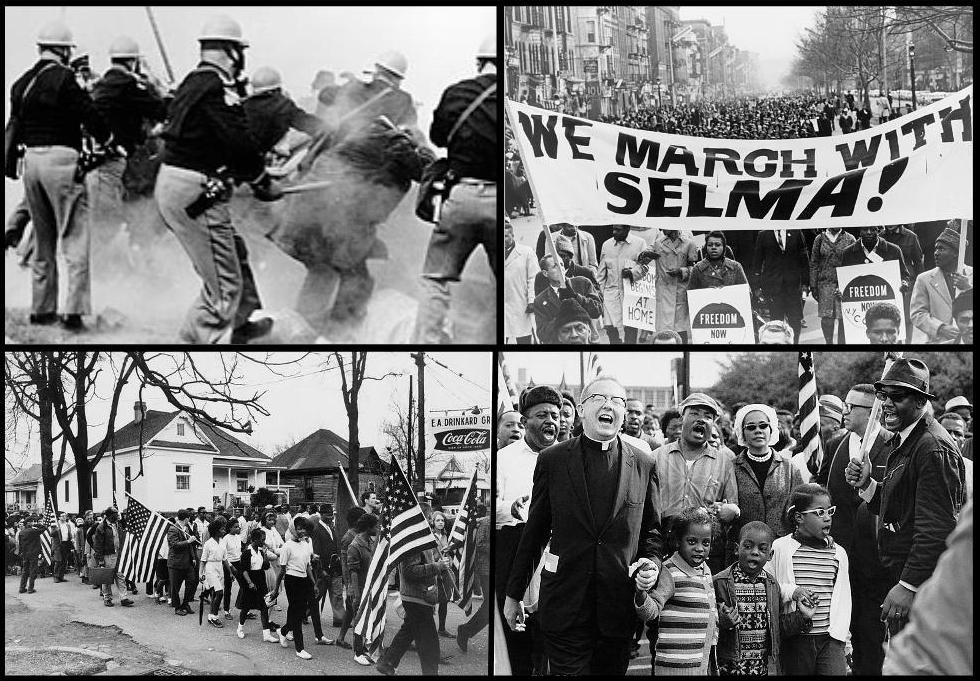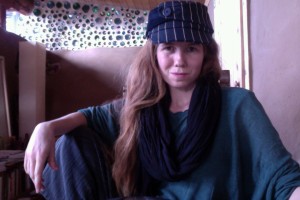
By the time the historic Selma March occurred on March 21st, 1965, more than 3,000 protesters in Selma, Alabama had already been arrested, and demonstrators had twice begun the fated march, once to be turned back by heavy repression in an event known as “Bloody Sunday”.
On March 7th, 1965, a group of marchers organized by James Bevel and Amelia Boyton attempted to cross the Selma Bridge into the next county toward Montgomery. They were met by state troopers and county possemen who beat Amelia unconscious and injured many more. Two days later, Dr. King led a second attempt to cross the bridge, and law enforcement stood back to let them pass. King instead turned the march around, obeying a federal injunction while seeking protection from federal court for the march. That night, a white group beat and murdered civil rights activist James Reeb, a Unitarian Universalist minister from Boston.
Both march attempts were widely broadcast and reported on in the media causing national outcry, demanding protection for the Selma marchers and a federal voting rights law to enable African Americans to register and vote without harassment. President Lyndon Johnson held a historic, nationally televised joint session of Congress on March 15 to ask for the bill’s introduction and passage, calling Selma “a turning point in man’s unending search for freedom” and saying, “it is not just Negroes, but really it is all of us, who must overcome the crippling legacy of bigotry and injustice.” Two days later, the Voting Rights Bill was introduced into Congress.
On March 21st, the third march began, protected by 2,000 US Army members and 1,900 members of the Alabama National Guard under federal command. On March 25th, 25,000 marchers entered the Alabama State Capitol. On August 6th, 1965, the US Voting Rights Act was signed into effect by President Johnson.
Learn more: https://en.wikipedia.org/wiki/Selma_to_Montgomery_marches
Photo Credit:
Top left: Alabama police attack Selma to Montgomery marchers, known as
“Bloody Sunday,” in 1965
Top right: Marchers carrying banner “We march with Selma!” on street
in Harlem, New York City, New York in 1965
Bottom left: Participants in the Selma to Montgomery march in Alabama during
1965
Bottom right: Dr. Martin Luther King, Dr. Ralph David Abernathy, their families,
and others leading the Selma to Montgomery march in 1965.
By User:Mitchumch – Top left: File:Bloody Sunday-Alabama police attack.jpegTop right: File:We March With Selma cph.3c35695.jpgBottom left: File:Selma to Montgomery Marches.jpgBottom right: File:Abernathy Children on front line leading the SELMA TO MONTGOMERY MARCH for the RIGHT TO VOTE.JPG, Public Domain, https://commons.wikimedia.org/w/index.php?curid=39549596
This article is from Rivera Sun’s book of nonviolent histories that have made our world. Click here for more information.
______________________________________

Rivera Sun is a change-maker, a cultural creative, a protest novelist, and an advocate for nonviolence and social justice. She’s a love-based revolutionary and the author of The Dandelion Insurrection, The Way Between and ten other fiction, non-fiction and poetry books. Her essays and writings are syndicated by Peace Voice, and have appeared in over a hundred journals nationwide. Rivera Sun speaks and facilitates workshops in strategy for nonviolent change across the country and around the world. She connects the dots between the issues, shares solutionary ideas, and inspires people to step up to the challenge of being a part of the story of change in our times. www.riverasun.com